TEKST: Bonjour.ba
DATUM OBJAVE: 19.4.2025.
In the world of contemporary photography, few names carry as much weight and visionary influence as Alessia Glaviano.
As the Director of the PhotoVogue Festival and Head of Global PhotoVogue, Alessia Glaviano is one of the most prominent figures in international photographic criticism and visual culture.
She began her professional journey at Vogue Italia in 2001, where, through roles as photo editor and later visual director, she spent years shaping the distinctive aesthetic identity of one of the world’s most influential fashion magazines.
Her career includes numerous exhibitions in prestigious global institutions, collaborations with some of today’s most important artists, and the strategic development of special events within the Condé Nast system. This year, the Sarajevo Photography Festival has the honor of welcoming Alessia Glaviano as a jury member for the first time making this moment especially significant for the regional photography scene.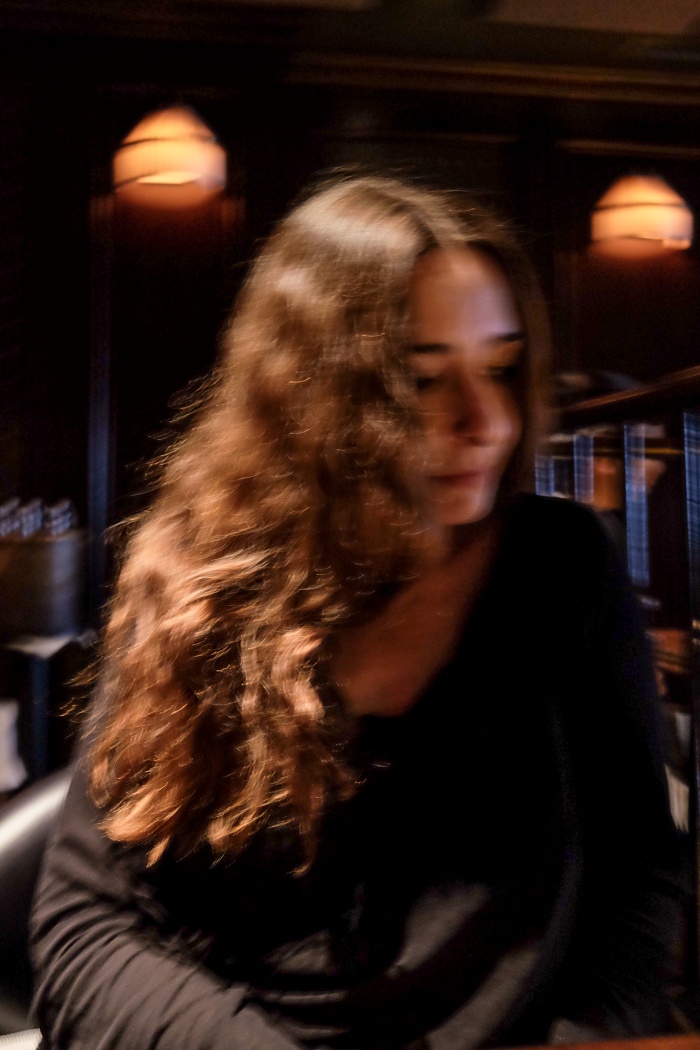
Foto: Teju Cole
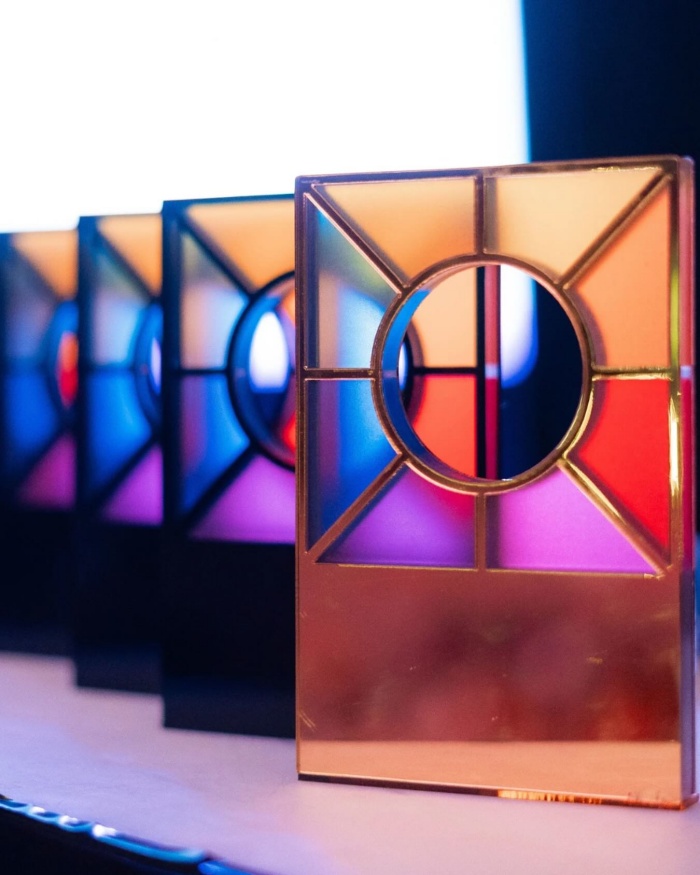
Foto: @sarajevophotographyfestival
As a platform that bridges the gap between local and global photographers, the Sarajevo Photography Festival creates a unique space for dialogue and exchange a vision that aligns closely with Glaviano’s own work at PhotoVogue, where diversity of perspective and ethical visual storytelling are at the core.
Exclusively for Bonjour, we spoke with Alessia Glaviano about the current challenges and opportunities in visual culture, the power of photography in the digital age, and what it truly means to have an authentic voice behind the camera today.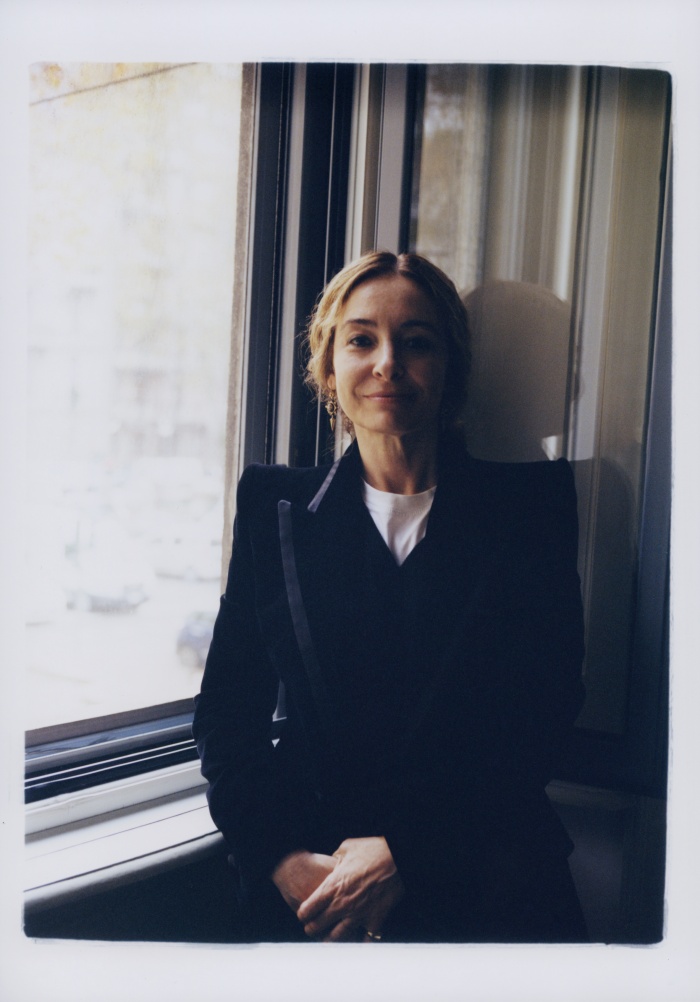
Foto: Eleonora d'Angleo
Alessia, how do you see the role of visual culture in the post-cultural era we live in? Do you think that the digital age, where content is hyper-produced and rapidly consumed, is redefining the value and significance of photography as an artistic expression?
Visual culture today is at a crossroads. We live in an age where images are hyper-produced and hyper-consumed — often without reflection. The speed at which everything moves is, to me, incredibly dangerous. It risks flattening our experience of the world and turning us into passive viewers instead of active ones. That’s something I care deeply about and try to counteract through my work.
A few years ago, I dedicated an edition of the PhotoVogue Festival to Susan Sontag, precisely to reflect on this issue. Sontag reminded us that looking at images is not a neutral act — it’s political, emotional, and deeply tied to how we relate to the world. In that edition, we explored what it means to truly see in a time when we are constantly looking.
I often use the example of a TV series that a team of creatives spends years making, and then we binge-watch it in one night. What does that tell us about how we consume culture? Can an image become iconic today when it's buried in an endless feed, seen for half a second?
Despite all this, I remain hopeful. I believe photography still has the power to cut through the noise — but only when we approach it with care, with thought, and with intention. It’s up to us — artists, curators, viewers — to slow down and reclaim the depth and meaning that images can hold.
Foto: Eleonora d'Angleo
What makes a basic photo turn into a captivating visual story? Is it the feelings it evokes, how it's framed, or something else?
A captivating visual story begins with intention. It’s not just about framing or technical skill — although those can certainly enhance an image — it’s about what the photograph wants to say. The most compelling images often carry a sense of urgency or emotional truth. They evoke something in us: a memory, a question, a tension.
What elevates a photo is when form and content work together — when the composition, light, and timing all serve a deeper meaning. It could be a glance, a gesture, the atmosphere — but what matters is that it resonates beyond aesthetics. It creates space for the viewer to feel, interpret, or even project their own stories onto it.
To me, a strong image lingers. It stays with you. And that has less to do with visual perfection and more to do with emotional depth and perspective.
PhotoVogue is all about finding new talent. In your opinion, what sets apart the photographers who just get by from those who really make a mark?
What truly sets a photographer apart is their voice — their ability to express something personal and profound through images. In a world overwhelmed by visuals, it’s not technical perfection or following trends that makes someone stand out, but authenticity. The photographers who really leave a mark are those who take the time to understand who they are, what they want to say, and how they want to say it — and then keep digging deeper.
At PhotoVogue, I’ve come across artists who submitted an incredible story — something so powerful it moved me — but then never followed through. They got lost, perhaps overwhelmed by the noise, the pressure to be visible, or the temptation to mimic what’s popular. Consistency is essential. Building a voice and an aesthetic takes time. It’s about showing up, evolving, and continuing to create with intention even when recognition doesn’t come immediately.
The ones who endure are not necessarily the most talented in a traditional sense, but the ones who remain true to themselves. They don’t chase the algorithm; they create from a place of curiosity and integrity. That’s what we look for at PhotoVogue — not just talent, but vision, resilience, and depth. 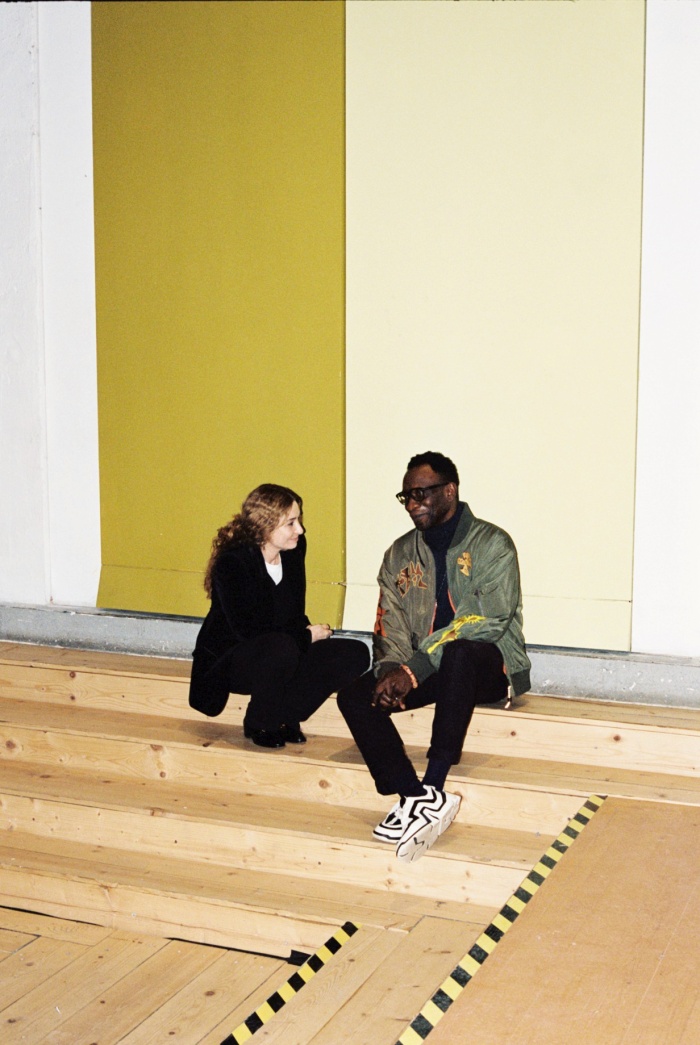
Foto: Eleonora d'Angleo
After being on the jury for many amazing photography contests, what stands out to you at the Sarajevo Photography Festival and do you see parts of your early experiences reflected in their beginnings? How do you see the role of festivals like this in shaping the future of photography, especially in regions where art often faces challenges?
Although I haven’t yet had the chance to visit Sarajevo in person, I feel a strong connection to the values and vision behind the Sarajevo Photography Festival. Much like the early days of the Sarajevo Film Festival, it’s about resilience, cultural regeneration, and the belief that art can be a powerful force for dialogue, healing, and transformation. That resonates deeply with my own journey and with the spirit of PhotoVogue.
What stands out to me about this festival — even from afar — is its commitment to bridging the local and the global. It’s not just showcasing work; it’s creating a space for genuine exchange, for emerging voices to be seen and heard alongside more established ones. In regions where art often faces economic or institutional challenges, festivals like this become essential ecosystems — places where creativity can thrive against the odds.
I’m also very curious to see whether a specific aesthetic or visual sensibility is emerging from the region — whether there are recurring themes, tones, or approaches that reflect the unique cultural and historical layers of this part of the world. That kind of local nuance is often what gives new photography its strength and originality. I’m truly honored to be part of this conversation and look forward to experiencing it firsthand.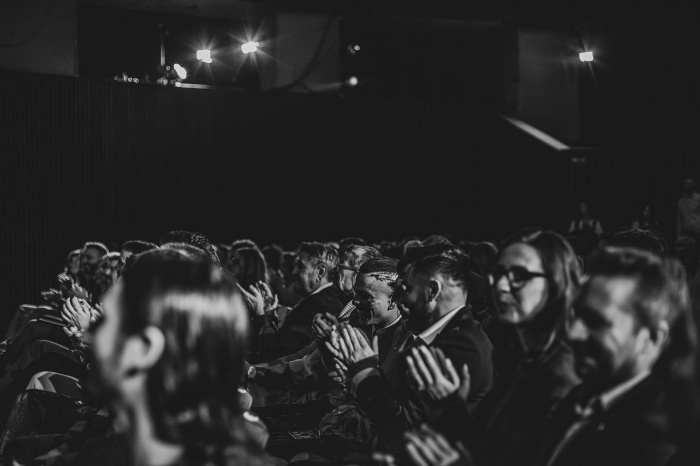
Foto: @sarajevophotographyfestival
In photography, styles can be deceptively similar. How different are fashion and documentary photography today, or do they seem to be mixing more?
The lines between fashion and documentary photography have definitely become more fluid — and I think that’s a good thing. For a long time, these genres were treated as separate worlds: one focused on aesthetics and aspiration, the other on truth and reality. But today, we’re seeing a beautiful cross-pollination between the two.
Fashion photographers are increasingly embracing authenticity, context, and narrative, while documentary photographers are experimenting more with style, staging, and visual language.
At PhotoVogue, we’ve always celebrated this hybrid space — where artists challenge the boundaries of genre and use photography as a tool to explore identity, culture, and politics through both conceptual and documentary lenses. Some of the most compelling projects we’ve seen are those that live between these definitions — poetic documentary, socially engaged fashion stories, or even staged realities that reveal deeper emotional truths.
In a way, this blending reflects the complexity of our times. We’re not looking for rigid categories anymore. We’re looking for images that move us, make us think, and open up new perspectives — no matter what “genre” they come from.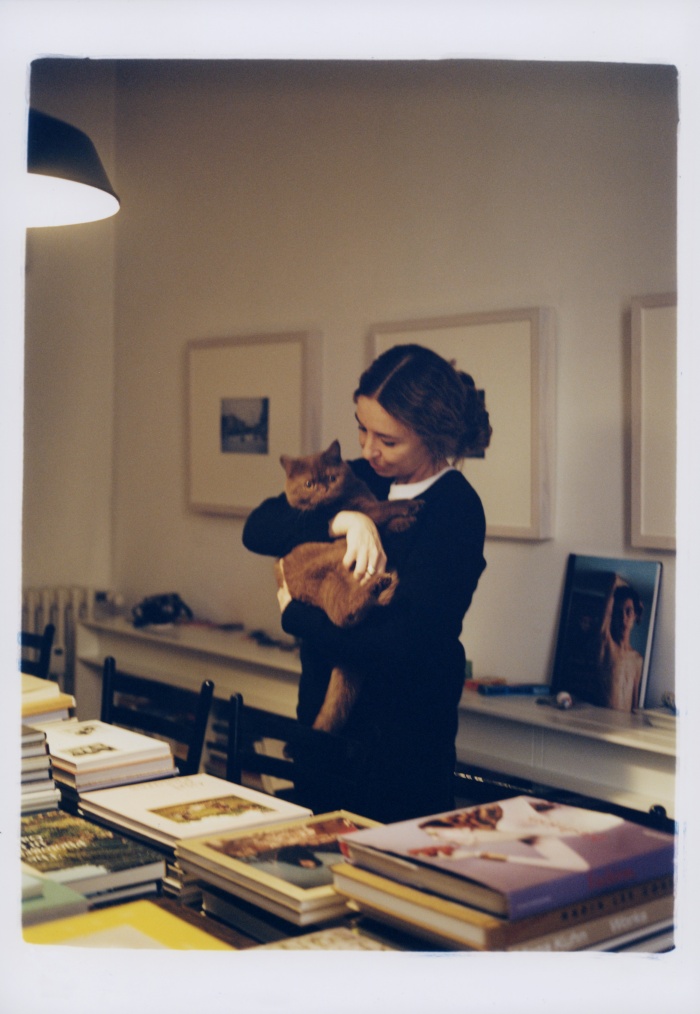
Foto: Eleonora d'Angleo
What defines the visual style of a certain time? Is it the colors, trends, stories, or emotions involved? How do you think we’ll remember the look of the 2020s?
The visual style of an era is shaped by a mix of elements — from aesthetics like color palettes or compositions, to the deeper emotional and cultural undercurrents of the time. It’s not just about trends, but about what those trends say about who we are, what we fear, and what we hope for. Often, it’s only in retrospect that we can clearly define the look of a decade — after enough distance allows us to see the patterns and mood.
As for the 2020s, I think this era will be remembered as one of contrasts and fragmentation. On one hand, there’s a craving for authenticity, intimacy, and raw emotion — especially in response to the isolation of the pandemic. On the other, there’s an aesthetic of hyper-reality, artificial perfection, and algorithmic repetition driven by social media. It's as if we are oscillating between a desire to connect deeply and a need to perform constantly.
Another defining shift of this decade is the rise of AI-generated imagery, which has now entered mainstream visual culture. We are just beginning to understand its implications — not only in terms of aesthetics, but also ethics, authorship, and truth. It’s a revolution in progress, and we have yet to fully grasp where it will lead.
At the same time, this is also a decade of visual activism — a moment when photography is being used more than ever to advocate for social justice, environmental urgency, and more inclusive representation. Amid the noise, many image-makers are pushing back with clarity, depth, and purpose.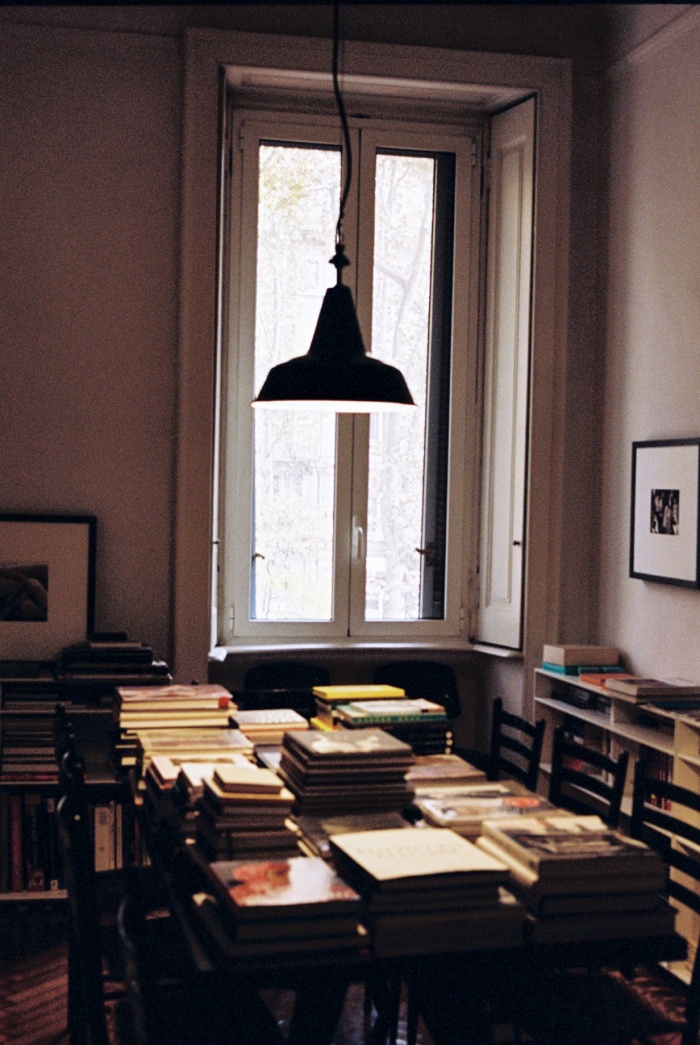
Foto: Eleonora d'Angelo
How do you see the impact of political correctness on contemporary art and visual culture? Do you think it's necessary to balance artistic expression with social norms, or should art be free from any restrictions?
I think the conversation around political correctness and art is one of the most complex and necessary ones we’re facing today. On one hand, I believe that being aware of context, history, and representation is crucial. Art doesn’t exist in a vacuum. Being mindful — not careless — in how we portray others is part of the ethical responsibility of image-makers and storytellers.
But when political correctness becomes blind, extreme, or dogmatic, it can indeed stifle creativity. In those cases, it starts to resemble a form of censorship. Cancel culture — especially when driven by outrage rather than dialogue — is dangerous. It flattens nuance and prevents us from having difficult but essential conversations. I hate to repeat myself, but I often wonder: would a genius like Alexander McQueen be “canceled” today? Would we lose his voice before understanding it? That thought deeply worries me.
It’s a delicate balance. We need to challenge harmful narratives and push for more inclusive, ethical storytelling — but not at the cost of intellectual freedom or artistic complexity. The extremism of political correctness can, paradoxically, feed the rise of the far right. By making certain topics taboo, we risk handing them over to populists who weaponize that frustration. Art should be a space where we can explore contradictions, provoke thought, and embrace discomfort — not a place policed by fear. It’s a difficult balance, but one we must all engage with — openly, honestly, and without simplification.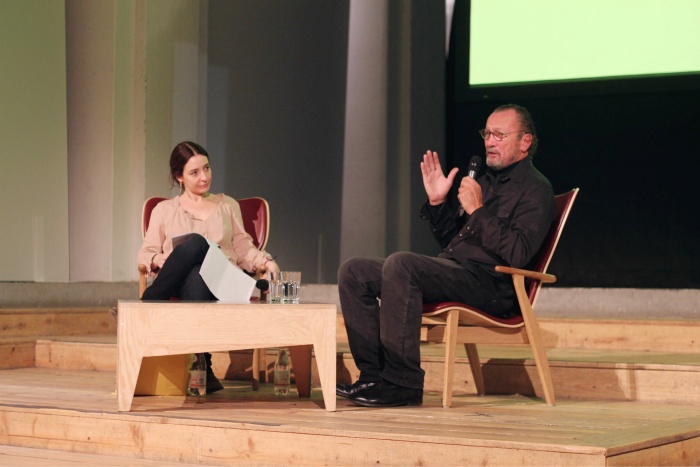
Alessia Glavanio, with photographer Paolo Roversi
And for the final question - what important advice would you give to a young person in Bosnia and Herzegovina hoping to start a photography career?
First and foremost, I would say: believe in your perspective. No one else sees the world quite like you do — and that’s your strength. You don’t need to mimic trends or follow what seems to be working for others. Focus on developing your voice, your obsessions, your way of looking. That’s what makes a photographer truly stand out.
Secondly, don’t be discouraged if things take time. The creative path isn’t linear — there will be moments of doubt, rejection, and frustration. But consistency, curiosity, and a deep commitment to your craft will carry you through. Keep creating, even when no one is watching. Keep evolving, even when it’s hard.
And finally, seek out community. Platforms like PhotoVogue exist precisely to support emerging talents from all over the world, especially those who may not have traditional access to the art world. Submit your work, engage with others, tell your story. Photography can be a powerful way to connect — not just with others, but with yourself.
Foto: Eleonora d'Angelo
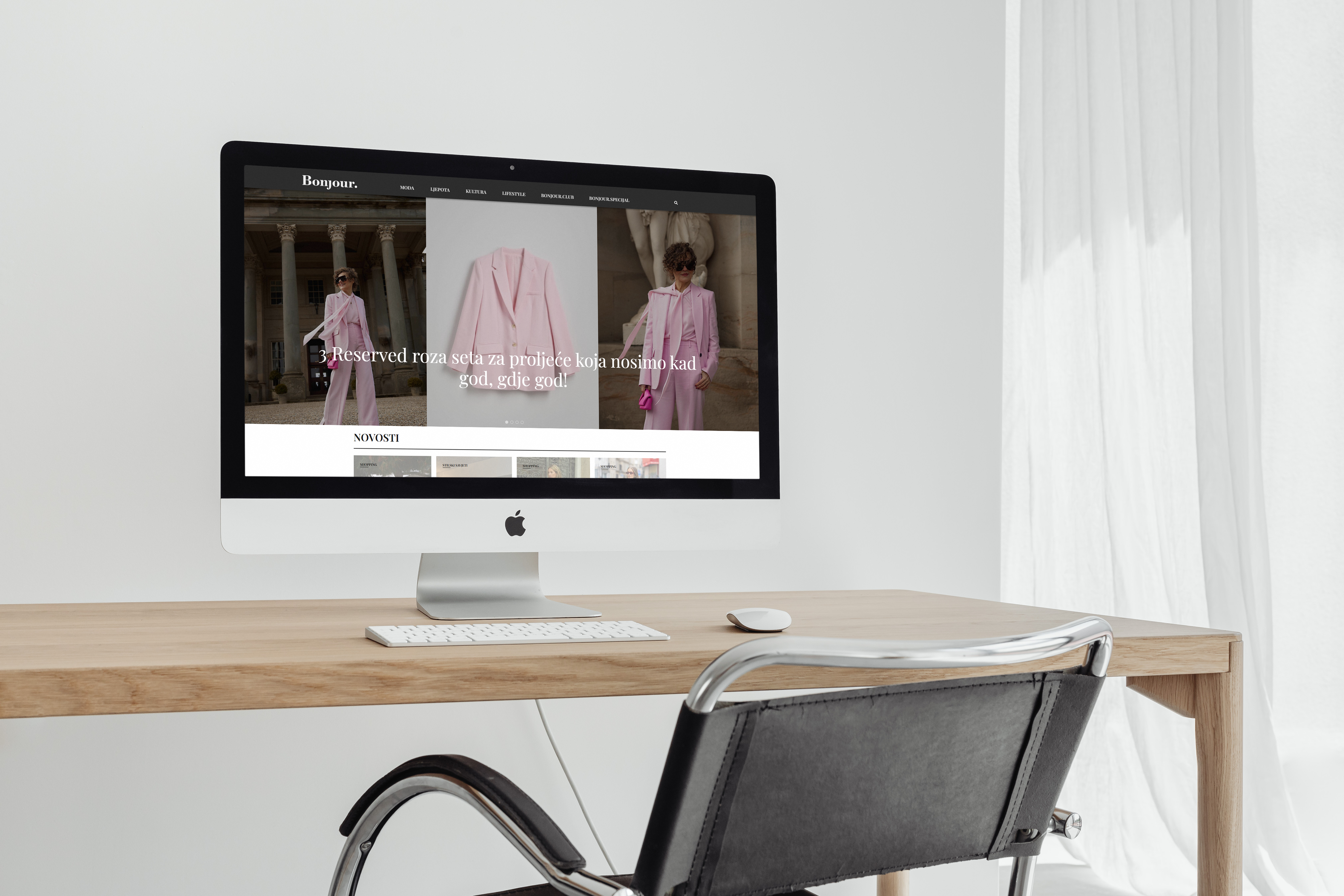
Prvi otkrijte najnovije trendove, ekskluzivne vijesti, najbolje shopping preporuke i pogled u backstage priče!